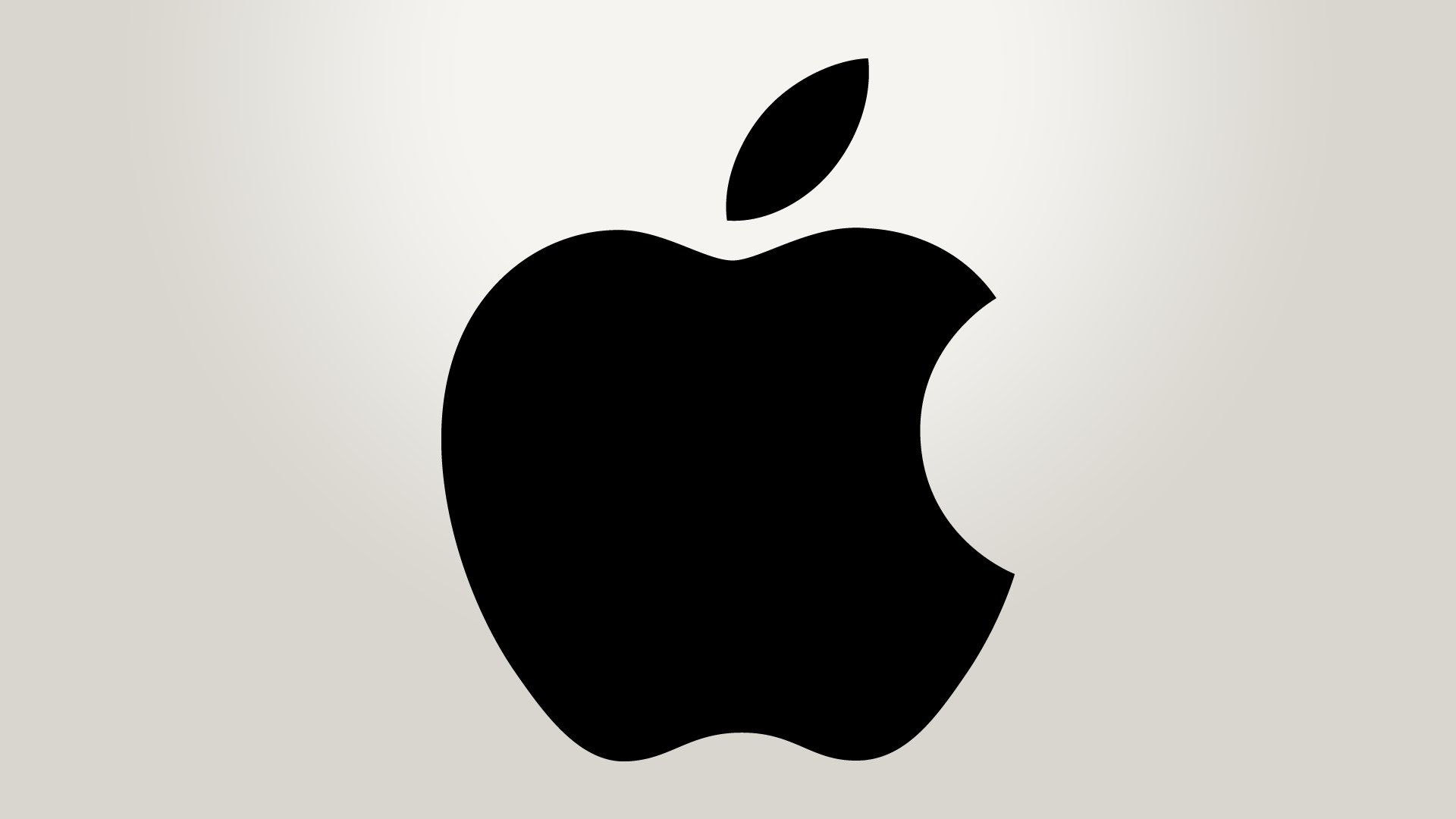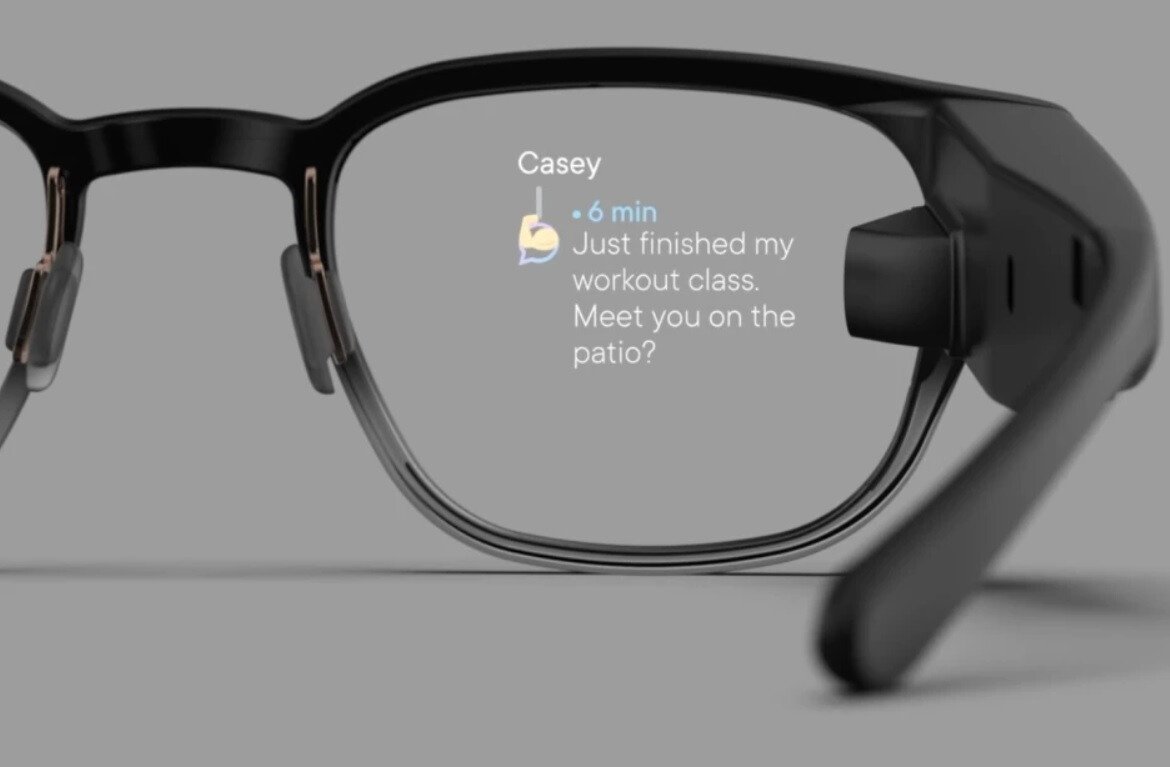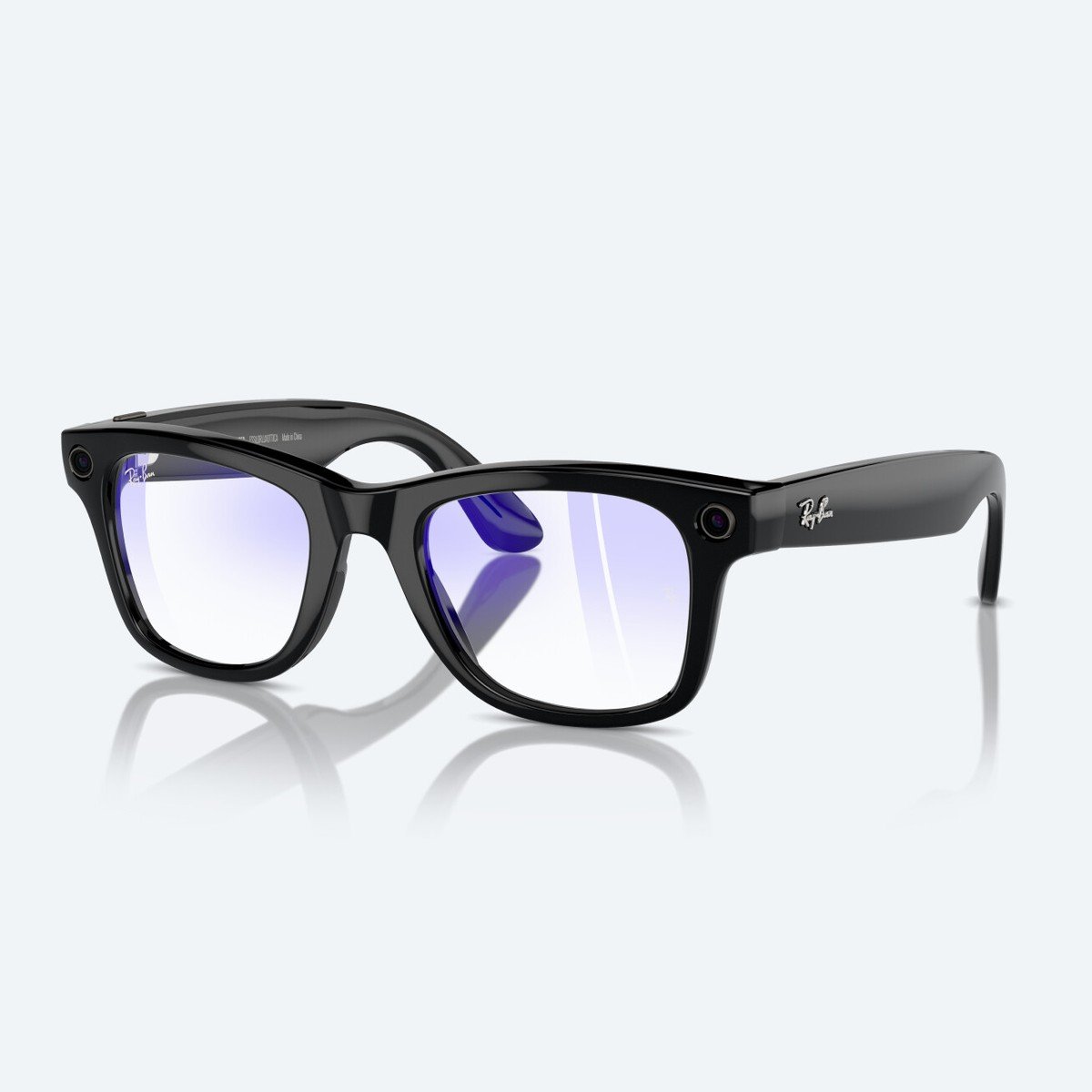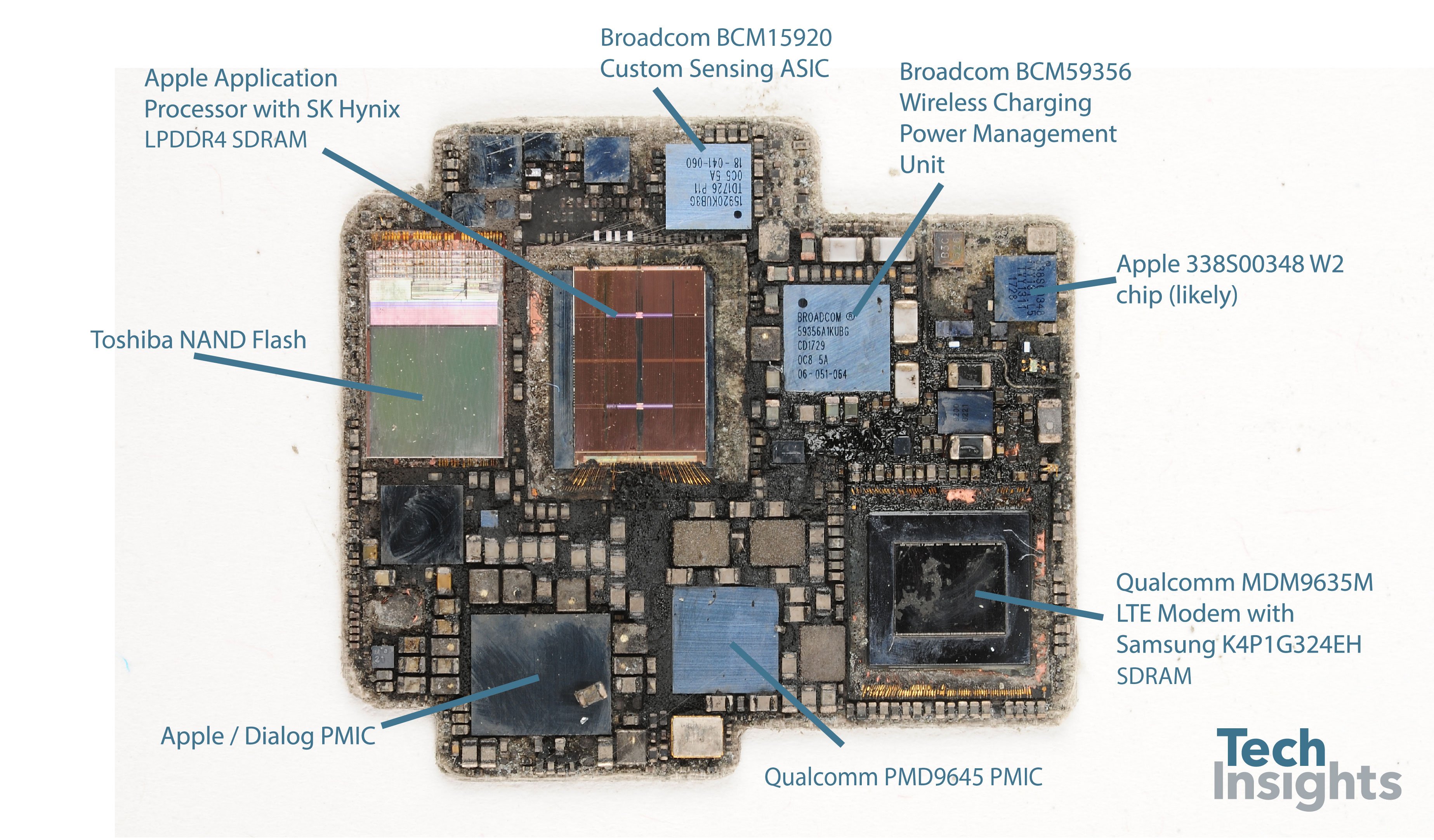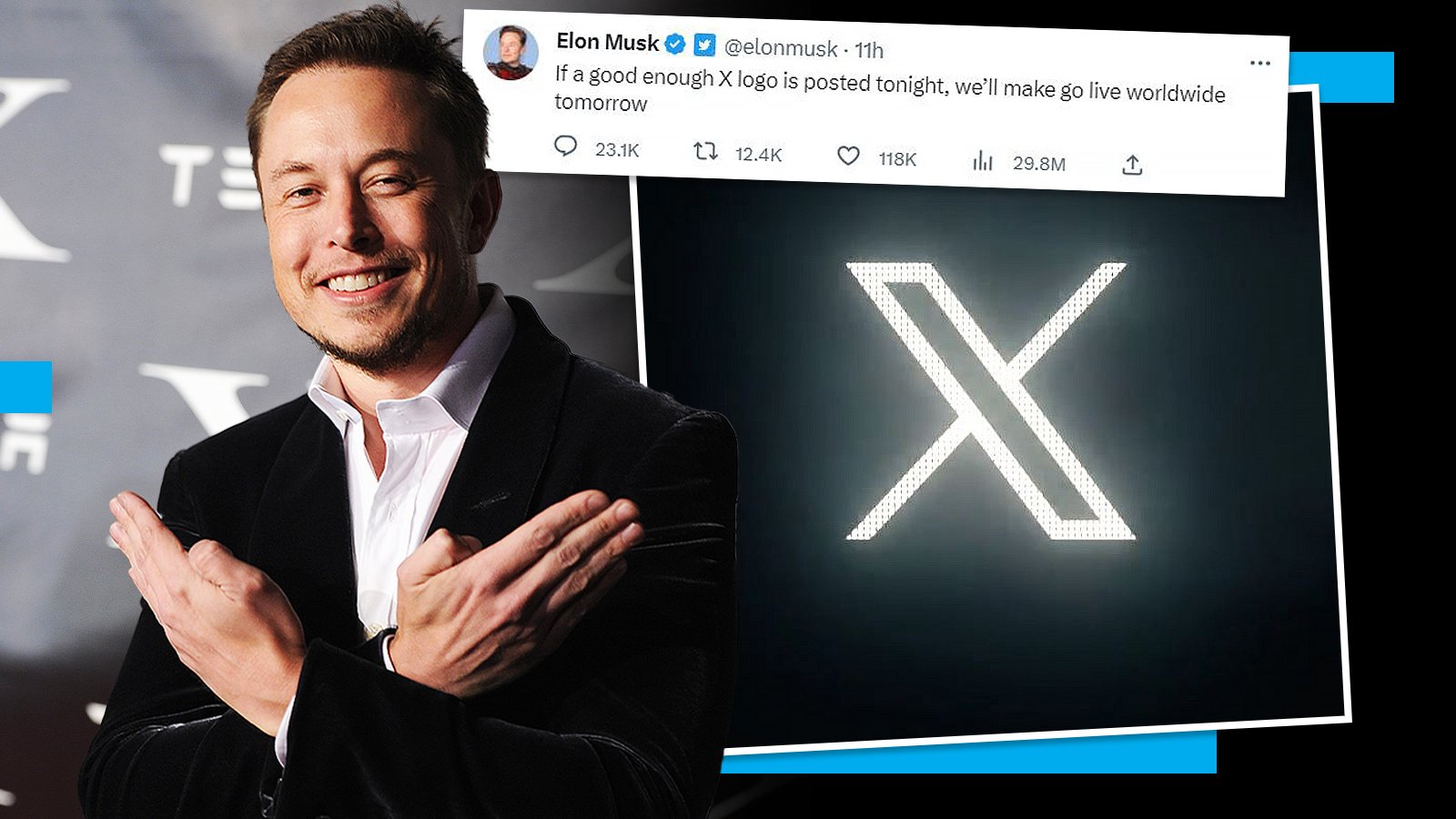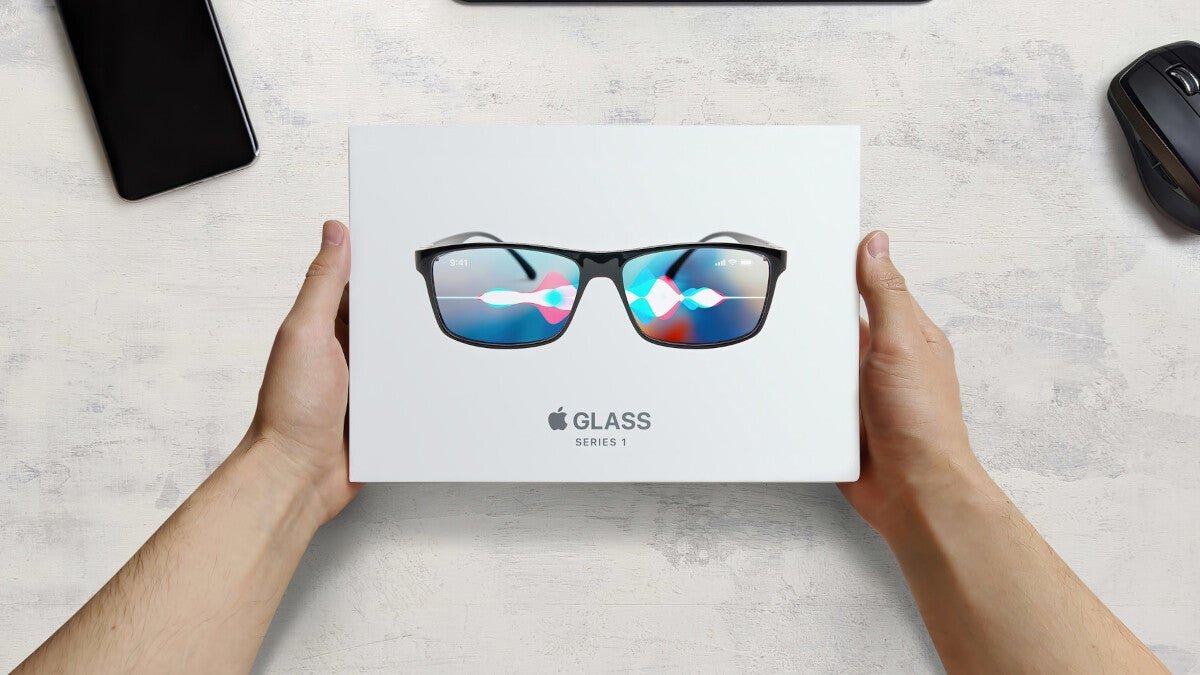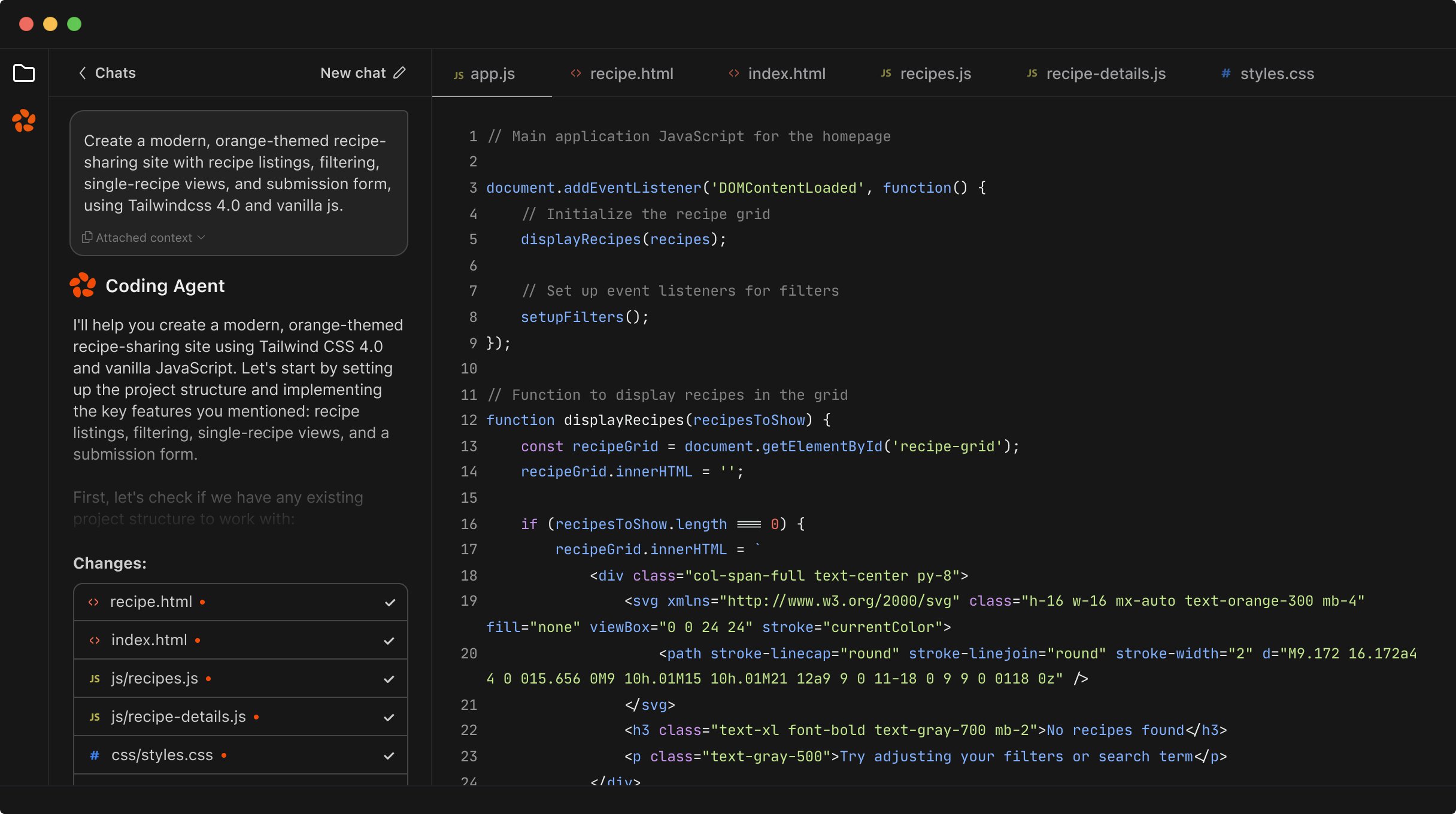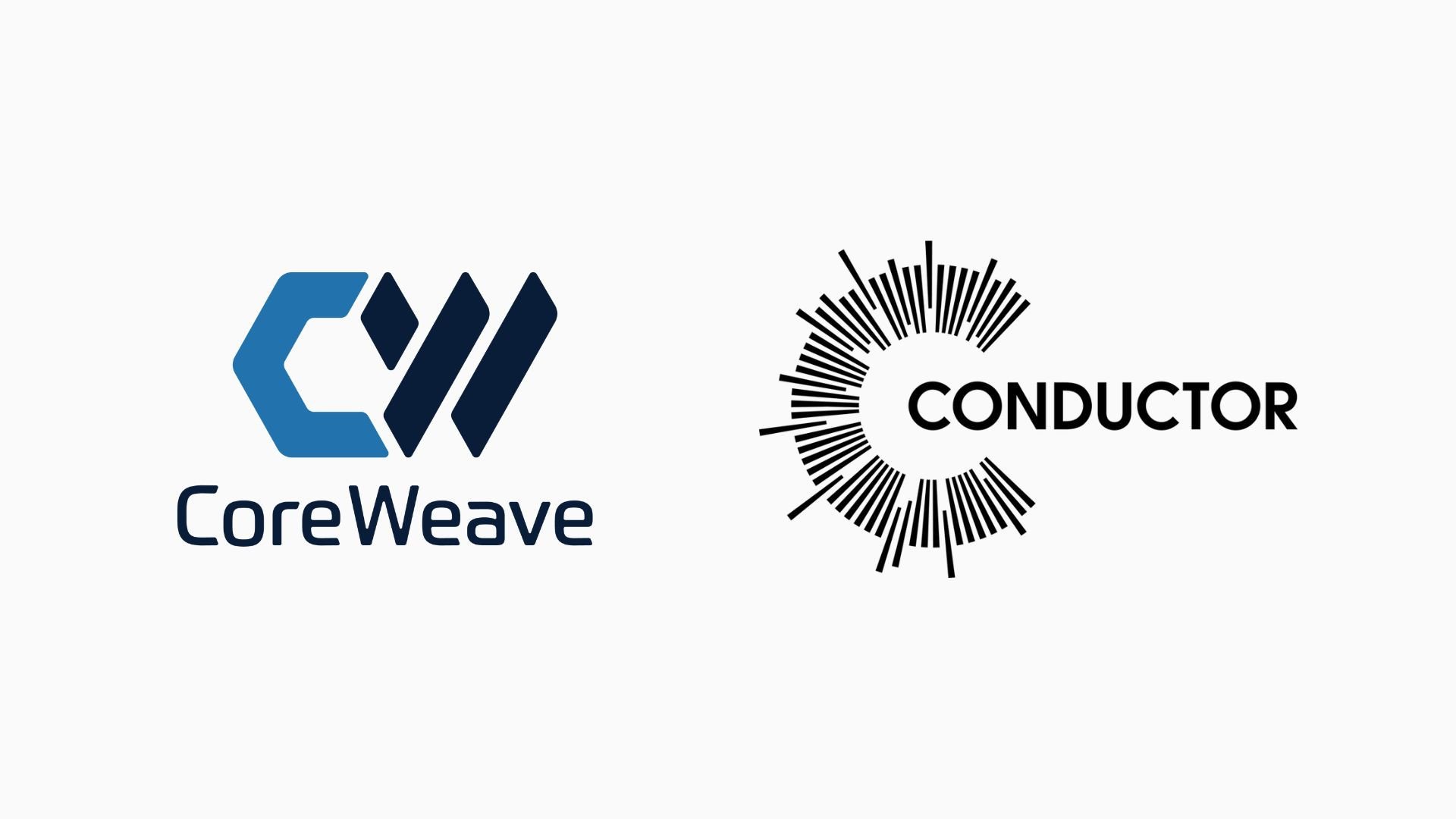Apple is working on special chips designed for smart glasses, advanced Macs, and AI servers as reported in early May 2025. These chips will support a new generation of wearable and computing products. Apple hopes to set new standards by bringing its signature chip innovation into more product categories, with a plan to start mass production of these chips in partnership with TSMC by late 2026 or 2027. Apple’s focus on smart glasses shows how quickly the wearable tech market is evolving, especially with competition from Meta and other big tech companies. These upcoming chips could play a key role in shaping the future of consumer electronics and AI hardware.
According to Bloomberg’s coverage, Apple CEO Tim Cook is determined to lead this fast-growing segment, especially as Meta’s Ray-Ban Meta glasses continue to perform well in sales. Apple is also looking into glasses that use AI and cameras, but not full AR, showing a careful strategy based on low power usage and high performance.
Apple’s Ambitious Chip Development Plans
Apple is expanding its custom chip strategy beyond iPhones and Macs by developing chips for smart glasses, artificial intelligence workloads, and future wearables. This marks a significant step for the company, as it broadens the use of its in-house silicon across more device types. Apple’s goal is to control core technologies in its products and reduce dependence on outside chipmakers, thus leading on performance and efficiency in a competitive tech landscape.
The chip projects are intended to address growing needs for more efficient and versatile hardware in a time of rapid AI development and an increased role for wearables in daily life. With a strong track record of performance gains from its M-series and A-series chips, Apple looks to build on this reputation. The chips in progress will introduce features that can handle AI processing, support advanced cameras, and significantly cut down on battery consumption for mobile devices.
Industry reports indicate that these new chips will be the backbone for Apple’s next wave of hardware, including glasses that integrate tightly with the Apple ecosystem. By designing chips for both consumer and professional use, Apple aims to bring better performance and smarter integration compared to off-the-shelf solutions from other chipmakers.
Reports suggest that working closely with TSMC will enable Apple to bring these chips to market on an aggressive timeline. The focus is not only on making powerful processors, but also making sure they’re extremely energy efficient for small, wearable form factors.
Focus on Smart Glasses and Wearable Devices
Apple is putting a spotlight on smart glasses as the next frontier for its custom silicon. The company’s interest is driven by the belief that wearables, especially ones as practical as glasses, will have a huge role in everyday tech. The new chips aim to provide reliable user experiences while supporting compact designs and long battery life. These requirements push Apple’s engineering teams to innovate beyond what’s been seen in current generation wearables.
The market is seeing momentum in glasses that support smart features, with brands like Meta growing quickly in this space. Apple’s approach is to build smart glasses that can process environmental data, offer AI-driven assistance, and remain lightweight and comfortable for users. Their chips will need to handle everything from camera feeds to audio processing, and Apple wants to deliver all-day battery life, which demands a new level of efficiency.
Unlike some earlier attempts at AR and smart glasses, Apple is exploring a design that doesn’t rely fully on augmented reality. The idea is to use cameras and machine learning to deliver practical features that don’t feel overengineered. This strategy could make Apple’s glasses more appealing to a wide audience, especially those who want something more discreet and useful in everyday life.
Wearable devices remain a growth area for Apple, with sales of AirPods and Apple Watch demonstrating strong demand for products that fit seamlessly into people’s routines. The addition of powerful, efficient chips to smart glasses could be the next big leap, letting Apple build on its momentum in the wearables category.
Competition With Meta and Ray-Ban Meta Glasses
Since launching in 2023, Meta’s Ray-Ban Meta glasses have become a strong competitor in the field, reportedly selling about two million pairs. Their popularity shows that users want functional and stylish wearables that blend easily into daily life. Apple’s push into smart glasses is widely seen as a direct response to Meta’s growing influence in this category, and Apple CEO Tim Cook has voiced his intention to overtake Meta’s position.
The Ray-Ban Meta glasses are not full AR devices, but focus on camera features, audio, and select AI capabilities. This lines up with Apple’s reported plan to debut glasses that use cameras and AI, prioritizing practicality and energy efficiency over immersive AR. By matching its innovation against what’s already successful in the market, Apple hopes to deliver a product that appeals to both tech enthusiasts and everyday users.
Meta’s partnership with Ray-Ban and their sleek style has helped normalize the idea of smart eyewear. Apple faces the challenge of balancing function and fashion, ensuring that people actually want to wear the device all day. The rivalry between Meta and Apple in this space is likely to drive faster development and greater adoption for smart glasses overall.
Industry watchers are paying close attention to how Apple will differentiate its offering beyond what Meta has delivered. Key areas could include deeper integration with iOS devices, exclusive AI features, and unique design elements that set Apple’s glasses apart in both hardware and software.
As more firms enter the wearables space, the competition is likely to benefit consumers, who will see a wider range of stylish and practical options with improved technology.
AI Integration in Next-Gen Apple Glasses
Apple’s upcoming glasses are expected to lean on artificial intelligence to provide intuitive features that help users interact with their environment. Instead of a full-blown AR display, Apple’s design is likely to utilize AI to process visual data from cameras, recognize objects, and offer real-time suggestions or assistance throughout the day. These features could help users in everything from navigation to translation, notifications, and more.
AI will power many functions behind the scenes, such as identifying people, objects, and text that the cameras pick up. This means the device needs to handle lots of data quickly and securely, without relying heavily on cloud processing. Apple’s reputation for privacy-centered device computing is expected to continue, keeping sensitive data on the device whenever possible.
One clear advantage for Apple is its ability to optimize software and hardware together. By designing the chip for the glasses in parallel with operating system features, Apple can ensure energy efficiency while still providing advanced AI support. Users could see features like context-aware notifications, voice assistants that know what you’re seeing, and instant translations activated by simply looking at a sign or object.
Apple also wants to minimize lag and maximize responsiveness, important for wearables where delays can be frustrating. Efficient on-device AI could be a major selling point that helps the glasses compete against Meta’s similar offerings while protecting user privacy.
Low-Power Processors Inspired by Apple Watch
One of the core advances in these new chips is their low-power architecture, which takes inspiration from the Apple Watch. The Apple Watch, known for its small battery and all-day life, relies on chips specifically designed for efficiency. Apple is applying what it has learned to its smart glasses, where space and battery are also limited.
Also Read
Last Chance to Exhibit at TechCrunch AI Sessions at Berkeley
This approach centers on chip layouts that balance performance with power savings. Features such as camera control, wireless communication, and AI computation are being engineered to minimize energy draw, similar to how the Watch’s S-series processors operate. This innovation could make the difference between glasses that need charging every few hours and those that last all day.
Low power can also help with heat management, making the glasses more comfortable and reliable. Wearable devices need to be unobtrusive, and overly warm hardware would be a problem for something worn on the face. Apple’s experience creating efficient chips for wearables gives it a clear head start in avoiding these common challenges.
The choice to prioritize energy efficiency ties back to Apple’s long-term focus on user experience. If users can trust that their smart glasses will last as long as their phone or watch, the product will be more practical and attractive to a wider audience.
Collaboration With TSMC for Mass Production
Apple’s partnership with TSMC (Taiwan Semiconductor Manufacturing Company) remains critical for making these next-generation chips a reality. Over the years, TSMC has become Apple’s main supplier for advanced silicon, including the processors that power iPhones, iPads, and Macs. TSMC’s manufacturing process offers some of the world’s most cutting-edge fabrication technology, allowing for smaller, more efficient, and faster chips.
Also Read
Florida Encryption Backdoor Bill for Social Media Fails to Pass
Reports suggest that Apple wants to start mass production of these new chips by the end of 2026 or in 2027, depending on how prototypes and testing go. The timeline highlights both the importance and complexity of building new custom hardware for entirely new product types, such as smart glasses. A successful ramp-up with TSMC would give Apple a significant first-mover advantage in high-performance wearables.
TSMC’s capabilities allow Apple to push the limits on both performance and efficiency. By closely working with TSMC engineers, Apple can fine-tune the chips for its unique demands, making sure they deliver long battery life and support for advanced sensors like those found in smart glasses.
A smooth collaboration will be necessary for Apple’s ambitions in AI hardware, as these chips need to handle challenging workloads while remaining safe and reliable in everyday use. The TSMC partnership could also extend to new manufacturing nodes, which improve performance per watt – a key metric for wearables and mobile devices.
Next-Level Macs and AI Servers Powered by New Chips
The new chip initiative isn’t limited to wearables – Apple is also preparing silicon for future Mac computers and AI servers. These chips are expected to deliver major gains in speed, energy efficiency, and specialized AI functions. Given Apple’s success with its M1, M2, and M3 chips powering laptops and desktops, expectations are high for what the next round of processors will bring.
Also Read
Widespread Timeline Issues Hit X as Users Report Outages
Apple’s approach to silicon in Macs has changed the laptop and desktop landscape by integrating performance, graphics, and memory management into a single chip design. The upcoming chips are likely to expand on this by incorporating more AI processing directly onto the chip. This could mean better on-device machine learning, faster response times, and new software capabilities that use AI in practical ways.
AI servers equipped with custom Apple chips could also support the company’s broader plans for cloud-based services and advanced developer tools. These chips will be optimized for tasks like natural language processing, large-scale data analysis, and AI-driven applications that need reliable performance at scale. As AI models get more complex, efficient hardware becomes even more important, especially when managing huge amounts of data for millions of users.
Apple’s investment in AI-focused chips for Macs and servers positions the company to compete with other tech giants prioritizing in-house silicon design, such as Google and Microsoft.
Non-AR Glasses With Environmental Scanning
Apple’s first generation of smart glasses won’t feature full-scale augmented reality. Instead, they are expected to use cameras to scan the user’s surroundings and provide useful information and features through simpler displays or audio feedback. This approach reduces technical complexity and power demands, making it possible to keep the glasses lightweight and energy efficient.
Also Read
Zen Agents by Zencoder: Team-Based AI Tools Transform Software Development
By using on-device cameras and sensors, the glasses can recognize scenes, objects, and people, then use AI to process what they see. For example, the glasses might identify a landmark or translate a sign without requiring an internet connection. This strategy allows Apple to focus on privacy, as much of the computation happens directly on the device, not in the cloud.
Other practical features could include sending notifications, taking hands-free photos or short videos, and offering real-time audio directions. The sensors could enhance accessibility for people with visual impairments by describing environments or reading text aloud.
Apple’s shift away from full AR in the first version of its glasses may help them reach more customers faster, as users are already familiar with camera-based features and voice assistants on other Apple products.
Tim Cook’s Commitment to Leading the Glasses Market
Tim Cook has reportedly made it a priority for Apple to become a leader in the smart glasses category. After seeing Meta’s early success with Ray-Ban Meta glasses, Cook’s team is working to ensure Apple delivers a more advanced, integrated, and appealing product. Company sources have suggested that Cook views wearables as a major opportunity for Apple’s future growth – similar to the way the iPhone and Apple Watch became central to Apple’s lineup.
Also Read
CoreWeave Seeks $1.5 Billion Debt Deal After IPO Falls Short
Cook’s leadership has often involved waiting until technology and markets are mature enough for mass adoption. For smart glasses, this means making sure the product is comfortable, reliable, and offers clear value to consumers. It’s a strategy that has served Apple well in the past, allowing the company to dominate markets after perfecting its approach.
Internally, teams are said to be working toward unique features only possible with Apple’s ecosystem, including seamless syncing with iPhones, privacy controls, and exclusive software features. Cook’s focus is reportedly intense; he wants Apple’s offering to exceed Meta’s on every measurable front, from battery life to user experience.
As Apple prepares for launch, the tech industry is watching to see if Cook’s strategy will again let Apple define a product category and set new standards for innovation.
Market Impact and Future Trends in Wearables
The release of Apple’s smart glasses and next-generation chips is expected to shake up the wearables and hardware market. As companies race to deliver new features and better experiences, consumers should see faster innovation and greater choice. Apple’s track record for combining high performance with user-friendly design suggests the company could shift the direction of wearables, as it did with the iPhone and Apple Watch.
Also Read
Google Partners with Elementl Power to Develop 1.8 GW Advanced Nuclear for Data Centers
Key trends likely to accelerate include on-device AI processing, increasing privacy protections, and a focus on products with all-day battery life. Other players will have to catch up as Apple and Meta set new expectations for what glasses can do in daily life, from productivity to entertainment and health monitoring.
Retailers and developers are closely watching how customers respond and what kind of ecosystem emerges around Apple’s new glasses. As wearable tech becomes more mainstream, new apps, accessories, and services are expected to grow rapidly.
The broader market for AI hardware and custom silicon will also evolve, as Apple’s investment in advanced chips pressures others to develop their own solutions or partner with leading foundries like TSMC.
For consumers, the arrival of smarter glasses means more useful tech that fits seamlessly into everyday routines, with fewer compromises on style, power, or privacy.
